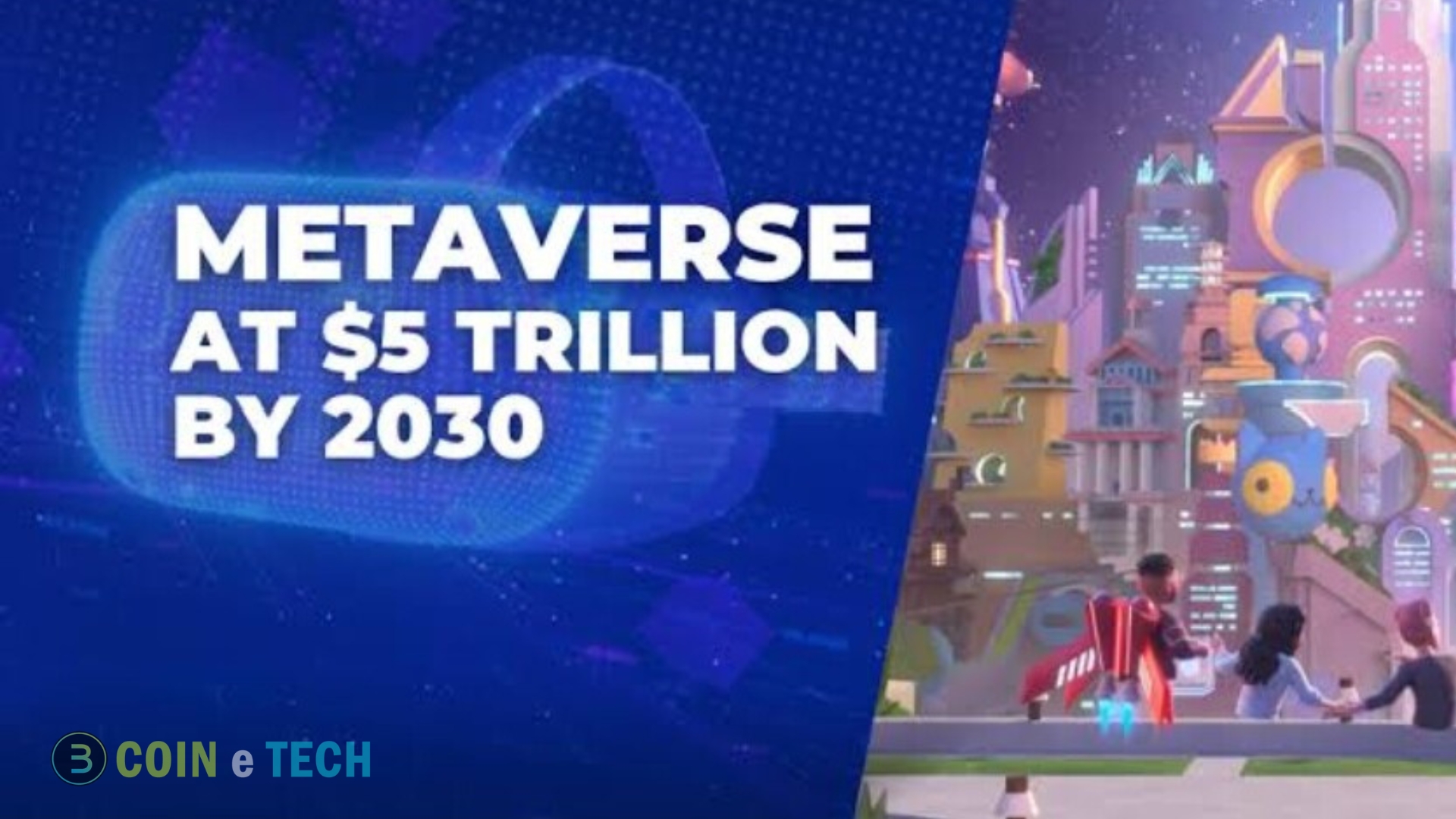Metaverse can be a $5 Trillion Business. Since its inception in 2021, the metaverse has played an essential role in bringing Web3 and cryptocurrency to the general public. The concept of a connected virtual world predates the Web3 era, but blockchain technology allows individuals to become governors and stakeholders in the same virtual universe. Metaverse is anticipated to become a $5 trillion company by 2030, driven by mainstream tech corporations’ efforts to popularize it through Web2 and technology developments like high-speed internet and smartphone supercomputers.
Despite its enormous potential, the metaverse lacks a cohesive landscape that allows users to have a pleasant experience. Over 160 organizations are developing their metaverses using various blockchains and layers, resulting in a lack of network compatibility.
Creators and Developers are Shackled by Fragmentation
As it is, the metaverse is divided into numerous separate, incompatible universes, each with its closed environment. This division stifles developer innovation while restricting consumers and producers to individual platforms. These walled settings lock vital assets such as nonfungible tokens (NFTs) and Web3 game features.
The effects of this fragmentation go beyond creative constraints, imposing significant financial difficulties on those who want to create and deliver experiences in the metaverse. Creating these digital environments and interactions demands substantial investment, yet the principal economic benefits favor platform holders rather than creators. As the metaverse evolves, the need for a framework that promotes seamless interconnectivity and empowers creators becomes increasingly apparent.
‘Metaverse Computer’ for Unified Ecosystems
Somnia, a layer 1 (L1) blockchain and omnichannel protocol, aims to build a scalable virtual society capable of attracting millions of members into a single metaverse. Somnia aims to restore value and creative freedom to consumers and producers by combining the fragmented metaverse, NFT, and gaming scene.
Unlike decentralized finance-focused blockchains, which are slow and expensive, Somnia is designed from the ground up to give a seamless metaverse experience. This results in an Ethereum Virtual Machine (EVM) compatible L1 network that can sustain hundreds of thousands of transactions per second with minimum costs. Developed by the Virtual Society Foundation (VSF), a nonprofit corporation started by Improbable and obtained first funding from MSquared to serve as the “metaverse computer,” Somnia uses Improbable.
Metaverse can be a $5 Trillion Business: Somnia helps users recompose or remix content and build on previous creations to make the metaverse accessible to a broader audience. The project’s approach makes hefty projects like organizing a new metaverse event more affordable by enabling the reuse of components from previous events, such as stages, light shows, or fireworks displays. The original creators of the used components can earn royalties through microtransactions, rewarding all stakeholders in true Web3 fashion.
Upgrading NFTs for Metaverse
Because NFTs were created in a two-dimensional environment, many popular collections were not included in the metaverse conversation other than as static profile photos. Somnia addresses this issue by “upgrading” 2D NFTs into metaverse-friendly 3D objects. NFT collectors can explore the metaverse as their favorite characters, potentially creating a united virtual realm with Pudgy Penguins and Cool Cats. Developers can also generate metaverse themes based on trendy NFT collections.
Somnia launched its betanet on Ethereum’s Sepolia testnet and is constructing an EVM L1 for millions of users. During the betanet phase, users can integrate their digital identities into the Somnia Protocol by designing personalized avatars in partnership with Avaturn. These avatars will be compatible with worlds and experiences.
Virtual Worlds, Real Economy
Somnia views the metaverse as a vast, borderless virtual civilization in which innovators have boundless potential, and collaboration is as simple as having a conversation. According to the Somnia team, metaverses should be compatible and interoperable to improve collaboration and user experience while maintaining individual platform freedom.
Somnia aspires to lay the framework for more democratic, open, and linked virtual worlds where users and artists can influence governance and future growth. The primary purpose is to strengthen the creator economy by creating a virtual society that encourages trade, business, and invention.






